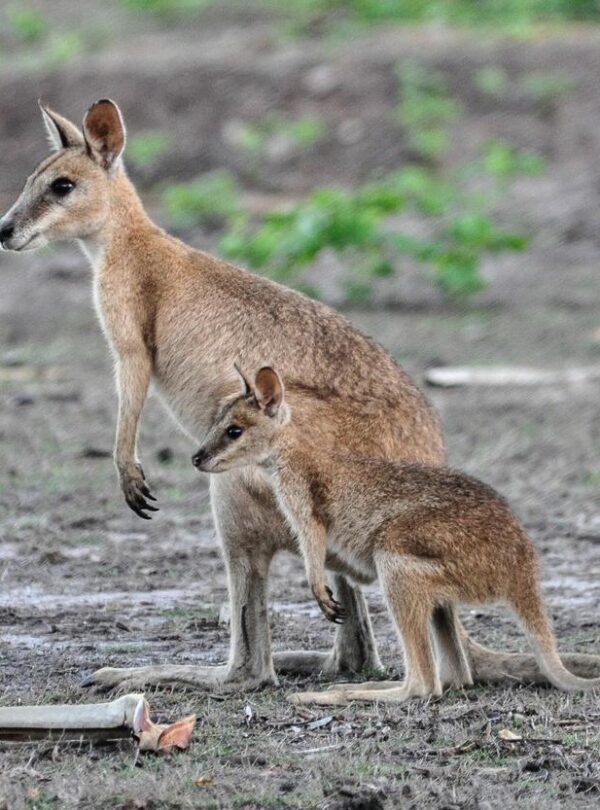Overview
In northern Australia’s underwater wilderness, an orange clownfish flits between anemone tentacles as a loggerhead sea turtle glides by while a giant clam yawns below. Snorkeling the Great Barrier Reef from Lady Elliot Island evokes awe. Here on the coast of the Coral Sea, the world’s largest reef meets the ancient Daintree Rainforest at the shore. This tropical Eden shelters Earth’s most ancient trees—a sanctuary for the endangered cassowary, potoroo and bandicoot. In the wildlife haven of the Atherton Tablelands, look for sugar gliders, striped possums and rare Lumholtz’s tree kangaroos moving like monkeys through the branches. At the “Top End” of the Land Down Under, the World Heritage Site of Kakadu National Park crowns the continent. From our remote fly-in bush camp, take a private Outback safari into this living cultural landscape where Aboriginal people have lived for more than 65,000 years, and where prehistoric crocodiles reign to this day.
Trip Highlights
- Explore the Great Barrier Reef in Remote Seclusion Discover a pristine coral wilderness teeming with fish, turtles, manta rays and more—accessible directly from the beach at the sole ecolodge on our fly-in island
- Delve into the Daintree, Earth's Oldest Rain Forest Explore Daintree National Park, the tropical forest home to saltwater crocodiles and plants that have persisted since the dinosaurs
- Fly-In Bush Immersion in Wild Kakadu Access the Kakadu wilderness by private chartered flight, cruise the East Alligator River with an Aboriginal guide, and view some of the world's oldest rock art
Itinerary
Please fill out the form below to request a quote for rates.
Cost Includes
- Trip price includes: Accommodations, services of Nat Hab's professional Expedition Leader, local guides and lodge staff, all meals from dinner on Day 1 through breakfast on final day, some alcoholic beverages, most gratuities, airport transfers for those arriving by air on Day 1 and final day, all activities and entrance fees, all taxes, permits and service fees.
- Internal air fee includes: All flights on the itinerary in between regions, including roundtrip charter flights from Redcliffe to Lady Elliot Island, flight from Brisbane to Cairns, flight from Cairns to Darwin, and roundtrip charter flights from Darwin to Bamurru Plains Tented Camp, plus airline baggage fees and any additional taxes and fees on these flights (this will be listed separately on our invoicing).
Not Included
- Travel to and from the start and end point of your trip, some (most) alcoholic beverages, gratuities for Expedition Leaders, passport and visa fees (if any), optional activities (including diving), items of a personal nature (phone calls, laundry and internet, etc.), international airline baggage fees, airport and departure taxes (if any), required medical evacuation insurance, optional travel protection insurance.
Map











